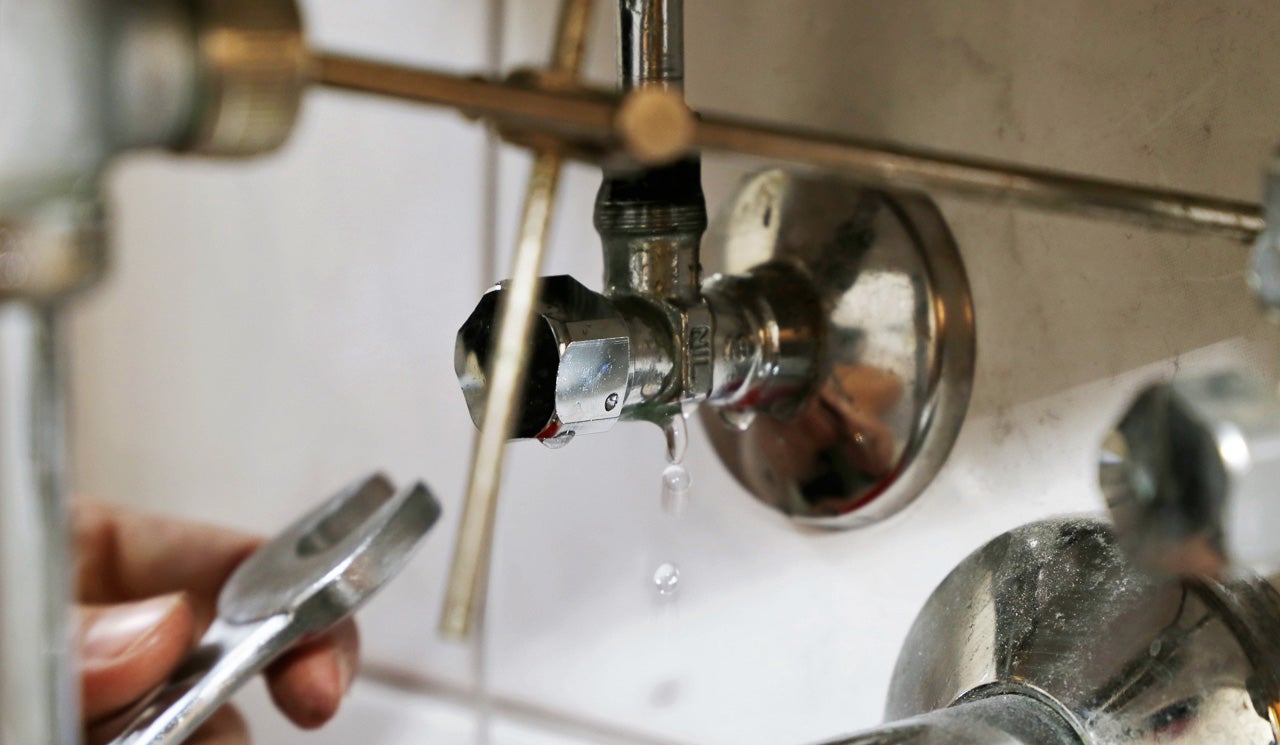How to Find and Repair Water Leaks-- A Comprehensive Guide
How to Find and Repair Water Leaks-- A Comprehensive Guide
Blog Article
Are you trying to find selective information about Hacks to detect leaks?

Early detection of leaking water lines can alleviate a potential catastrophe. Besides saving you cash, it will minimize the aggravation as well as frustration. The moment you discover a leakage, calling your plumber for repair work is the most effective service. Some little water leaks might not be visible. If you can not detect it with your naked eyes, here are some hacks that assist.
1. Analyze the Water Meter
Inspecting it is a surefire means that helps you discover leakages. If it relocates, that shows a fast-moving leakage. This implies you might have a slow leakage that could even be below ground.
2. Inspect Water Consumption
If you spot abrupt adjustments, regardless of your intake being the same, it means that you have leakages in your plumbing system. A sudden spike in your bill shows a fast-moving leak.
A constant rise every month, even with the same behaviors, shows you have a sluggish leak that's also gradually rising. Call a plumber to extensively inspect your building, particularly if you really feel a cozy location on your flooring with piping below.
3. Do a Food Coloring Examination
When it comes to water usage, 30% originates from bathrooms. Test to see if they are running effectively. Drop flecks of food shade in the tank and also wait 10 mins. If the shade somehow infiltrates your dish during that time without flushing, there's a leak in between the container and also bowl.
4. Asses Outside Lines
Don't neglect to inspect your exterior water lines as well. Should water permeate out of the connection, you have a loose rubber gasket. One little leak can throw away lots of water and surge your water bill.
5. Examine and Assess the Circumstance
House owners should make it a practice to examine under the sink counters and also also inside cupboards for any bad odor or mold growth. These 2 warnings indicate a leak so prompt attention is required. Doing regular evaluations, also bi-annually, can save you from a major issue.
Examine for discolorations as well as deteriorating as a lot of pipelines and devices have a life expectations. If you presume leaking water lines in your plumbing system, don't wait for it to rise.
Early discovery of dripping water lines can reduce a possible disaster. Some tiny water leaks may not be noticeable. Inspecting it is a surefire way that aids you find leaks. One little leakage can lose loads of water as well as increase your water expense.
If you presume leaking water lines in your plumbing system, do not wait for it to intensify.
How to Know If Your Home Has a Hidden Leak
Water Meter Reveals Inexplicable Water Usage
If you’d like to test whether or not there’s a leak somewhere in your home, you can do this using your water meter. Here is how to conduct the test:
Don’t use any water in your home for at least 30 minutes; this also means not turning on faucets or water-using appliances.
Go outside, and check your water meter for activity.
If your water meter shows that there was activity, even though no one was using any water, this proves that there is a leak in your home.Visible Mold or Mildew Growth
Leaks behind walls create moist, dark environments that allow mold and mildew to grow and thrive. Eventually, you might see mold growth forming on the wall closest to a hidden leak.
If mold is growing in an area that receives a high amount of moisture, such as a bathroom, it may simply be an indication that better ventilation is needed. However, if you see mold growth on a wall or the ceiling in an area where you would not expect, you probably have a hidden leak.
Musty, Mildew Odor
Sometimes you might not be able to see the mold or mildew that is growing as a result of a leak. However, the smell can give the problem away just as easily. If you catch a whiff of something musty, there’s a good chance that old water is collecting somewhere in your home that you can’t see.
Stained/Warped Walls, Ceilings, or Floors
When your home soaks up water, a variety of red flags can become visible, including ceiling stains, bubbling drywall, warped walls, and sagging floors. While these issues can be caused by excess humidity, they can also be signs that a pipe or plumbing connection has started leaking behind your walls.
Inexplicably High Water Bill
After a while, you get a general sense for what your water bill should be. If you own a pool or sprinkler system, your bill will tend to be higher during summer. However, if you receive a water bill that seems especially high, and you can’t figure out what caused it, then you may have a hidden leak somewhere that’s increasing your bill.
https://www.plumbingjoint.com/blog/2019/july/how-to-know-if-your-home-has-a-hidden-leak/

Do you appreciate reading up on Hacks to detect leaks? Try leaving feedback down below. We'd be interested to find out your suggestions about this write up. We are looking forward that you come back again in the near future. Those who liked our blog entry kindly make sure you remember to share it. I value reading our article about Detecting hidden plumbing leaks.
Report this page